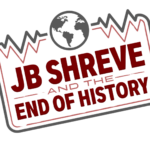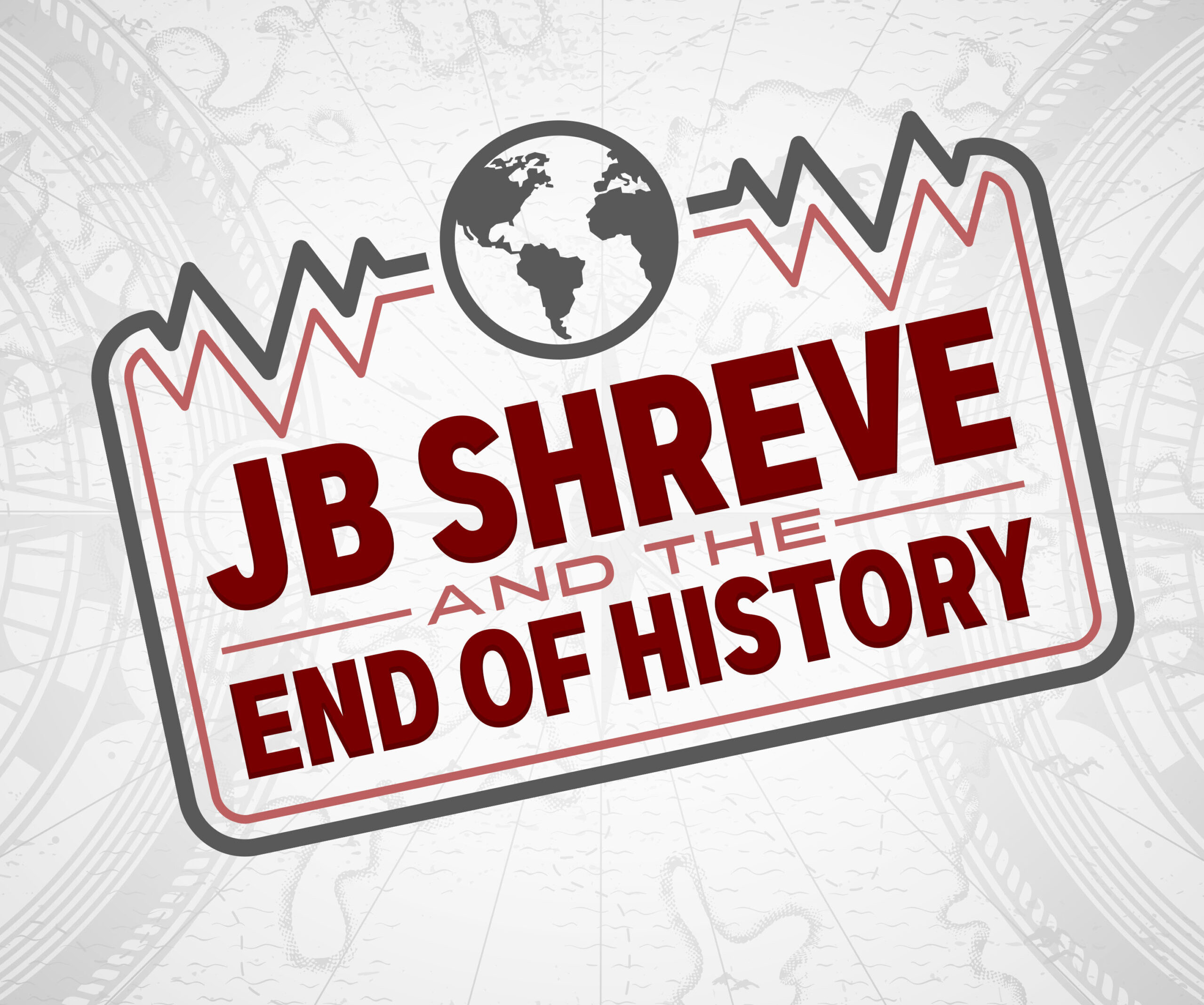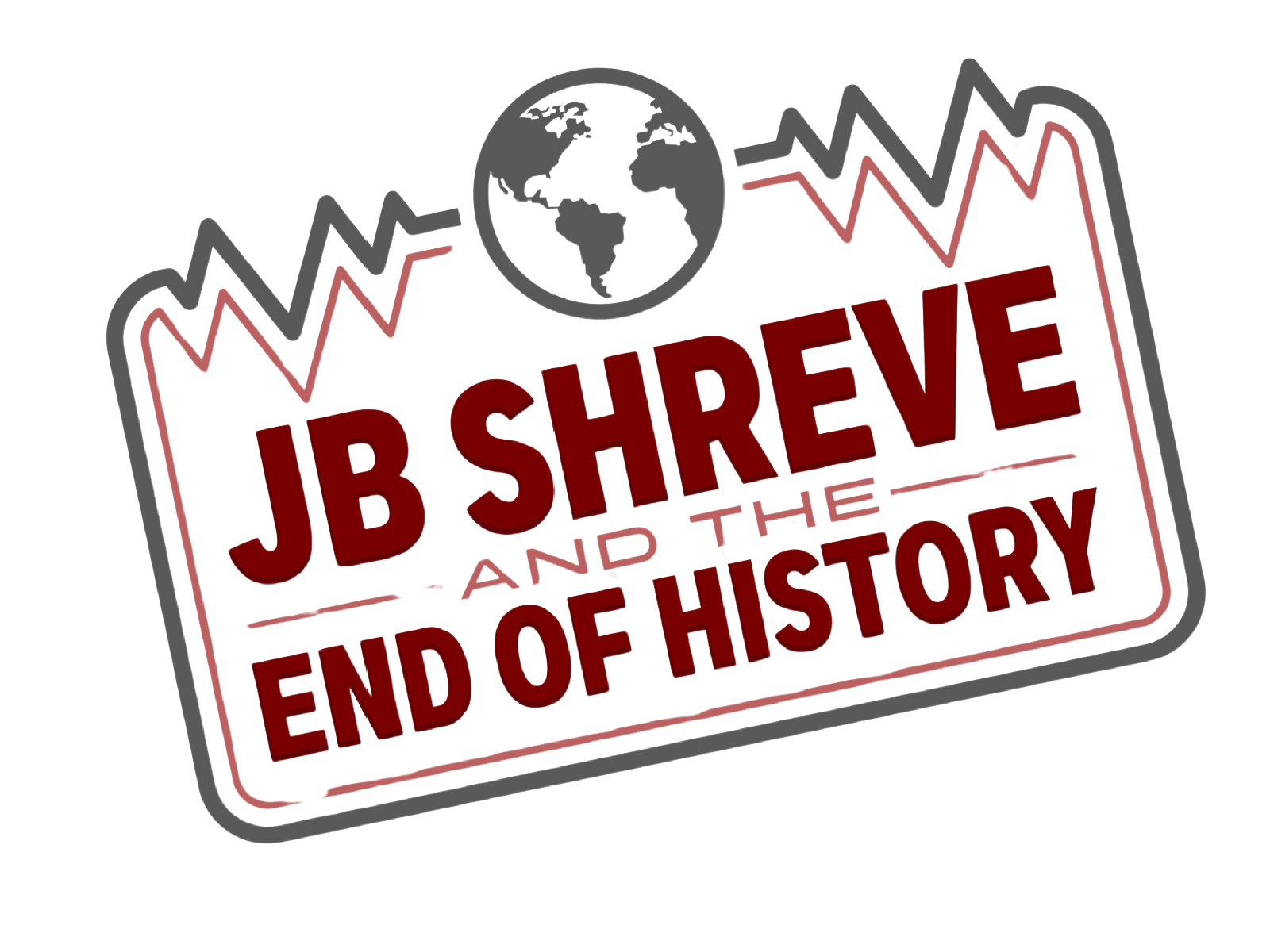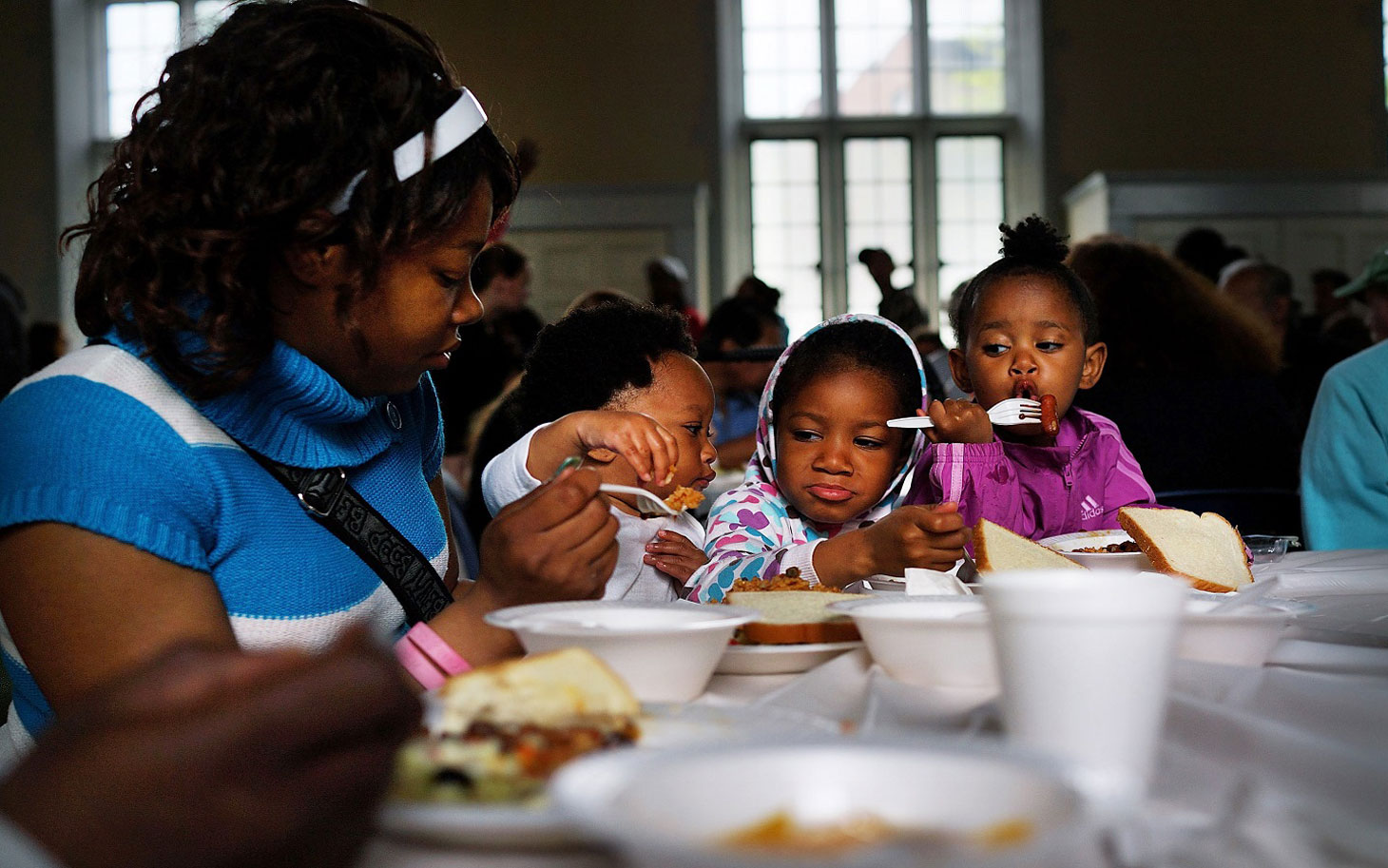
This is part three of an ongoing series this week from JB Shreve and the End of History. Check back tomorrow for part four.
So far in this series we have looked at the reality of what America’s poor are confronted with. I explained the trap of unintentional consequences that has been set by government assistance programs that keep the poor locked in their status. Next, we observed the compression of the middle class between rising prices and the resulting debt burdens and ongoing tax burdens from the government that is charged to oversee this conundrum.

Today I want to look at the social dynamics that have arisen as a result of these realities in play upon the poor and middle classes of America. These are not theoretical. These are realities that have come to define the state of our current dialogue and perspectives throughout the country.
Perspectives of the Poor
When you’re poor, you don’t always know you’re poor. A child growing up in poverty might not recognize he is living in poverty until he is much older and someone informs him. What he does recognize is that life is difficult and full of obstacles that he is not likely to survive.
- A boy born into a home in the bottom 10% of incomes in the US is 20 times more likely to spend time in prison than a boy born into a home in the top 10% of American incomes.
- More than 60% of single mothers live in a household that classifies as poverty. If these mothers are not already trapped in the cycle of poverty and government assistance, they soon will be. More than 25% of all single mothers are on government assistance within the first year of their child being born.
- Fewer than 25% of single mothers receive child support payments from their baby’s father, increasing their demand and need for government assistance.
- Almost half of all children born into poverty have mothers living with symptoms of depression. Mental illness grows rampant among those living in poverty. It is frequently left undiagnosed and untreated because the poor cannot afford either.
- Almost 1 in 4 Americans living in poverty will not obtain a high school diploma. Only 4.5% will obtain a college degree. This educational status guarantees the persistence of poverty over the duration of their life.
- Living in poverty means you are more likely to be a victim of violent crime.
- Life expectancy for a person born in poverty is between 10 and 15 years shorter than that for a person born into wealth. This begins at birth where poor nutrition leads to more babies being born into poverty weighing less but continues as they develop in life in the midst of high stress high risk environmental factors which leads to higher threats of cardiac disease and diabetes along with less access to health solutions.

This list goes can go on and on but you get the idea. Living in poverty is dangerous, full of obstacles that limit the quality and duration of life. Ron Haskins of the Brookings Institute put an interesting spin on this kind of data in his testimony before Congress in 2012:
Young people can virtually assure that they and their families will avoid poverty if they follow three elementary rules for success – complete at least a high school education, work full time, and wait until age 21 and get married before having a baby. Based on an analysis of Census data, people who followed all three of these rules had only a 2 percent chance of being in poverty…
The likelihood of these three simple achievements are far less likely to occur or be possible for those living in an environment of poverty.
There is one other statistical factor that we should look at when considering this group and how they are viewed in our society. Those living in poverty are far more likely to be minorities.
Among racial and ethnic groups African Americans hold the largest percentage of those living in poverty at 27.4%. In almost every year since 1974 nearly one third of black children in America were living in poverty. Hispanics have a poverty rate of more than 26% and whites of just under 10%. From a purely numerical standard there are far more white people living in poverty. But black people make up less than 13% of America’s population and over a quarter of them live in poverty. Among children under the age of 6, 45.8% of those who are black are living in poverty versus 9.9% of those who are white.
Recommended Read: Escaping Poverty Requires Almost 20 Years With Nearly Nothing Going Wrong

It is important to recognize the reality of what these statistics mean and also the perspectives and assumptions (not supported by reality) they reinforce. The reality is that America’s economic system has been historically tilted against minorities. This is not absolute. Immigrants enter the US as minorities and have one of the strongest track records for securing the upward economic mobility of the American dream. Systemic and institutional racism has historically limited the opportunities of both blacks and Hispanics to move ahead and out of poverty within America’s economy, but environmental factors have perpetuated the cycles of poverty from one generation to the next.
As an example, author Richard Rothstein’s book The Color of Law tells the story of how America’s housing assistance program established during the New Deal era was little more than a federally mandated and funded program of segregation. African Americans were pushed into urban areas. New housing subsidized by the Federal Housing Association (FHA) established the creation of America’s newest and cleanest suburbs specifically to be populated by white Americans. Contracts guaranteed by FHA loans and funding conditioned the mass production of this housing surge to require the homes would not be sold to African Americans.

Recognize the significance of what occurred here.
African Americans, already severely weakened by centuries of racist culture and policy in America from slavery to Jim Crow, were now concentrated and isolated together in lower quality housing and neighborhoods of major American cities. This was a deliberately organized and funded policy of America’s first major wave of welfare and assistance programs. Within these neighborhoods crime grew, employment opportunities shrunk, and a handicapped culture developed from the 1930s to the present. This is the origin for many of America’s segregated cities. The possibility of escaping these environments was restricted because new housing for the white middle class included contractual clauses that forbade sells to the black people. Builders were meanwhile kept away from the black areas of town through a policy known as “redlining.”
What is an African American? Statistically, it is a person who is more likely to be poor, unemployed, prone to crime, vulnerable to poor health, and whose culture has a higher propensity for raising fatherless children. It is a person who fails the criteria established by the Brookings Institute quote noted above. This is NOT true of course. But this is the perspective that has been supported by experience and environmental factors not only for the white Americans living outside of these urban areas but also, and perhaps more importantly, for the black people living WITHIN these urban areas.
This is how the culture and heritage of segregation and discrimination has been perpetuated along the economic lines of reality within the American system. An erroneous suggestion that people are poor and struggling because they are black rather than, because they are black our system pushes them into environments where they are more likely to be poor and struggle came to dominate our racial divides.



